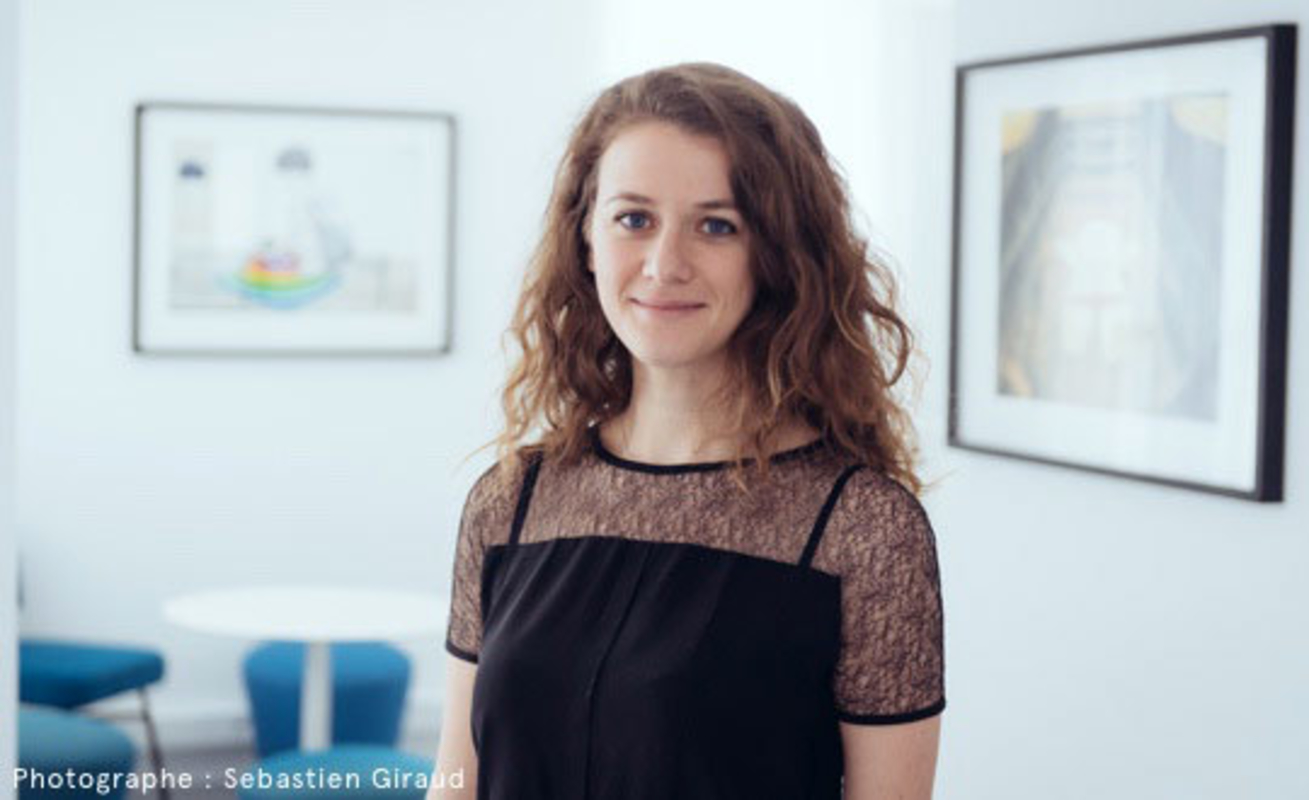
Meeting with Sylvia Randazzo, artistic director at Molitor
Interview

Opened in 1929, Molitor started as a swimming pool. When the pool was closed in 1989, the building became a haven for graffiti artists who used the empty space to explore their creativity and experiment with new styles. In 2014, Molitor became a hotel but it has retained strong links to its aqueous and artistic history. You can find artworks everywhere: in the lobby, bedrooms and even in the pool! Artsper met with Sylvia Randazzo, the artistic director of Molitor Paris. She told us about the Hotel's special relationship to art as well as her own favourite spots for getting her art fix. She's also curated a selection of artworks – and all are by artists who can also be found at Molitor!
Artsper: Why does Molitor have an interest in art?
Sylvia Randazzo: Art and Molitor have had a close relationship since 1929. The architect of the pools, Lucien Pollet, was a contemporary of Le Corbusier and Robert Mallet-Stevens and designed the building in the Art Deco style, one of the key trends of the time. At Molitor we can find the architectural principles (the “Streamline modern" style with its porthole windows, the importance of perspective and order) and decorative (stained glass windows by Louis Barillet, the geometric reliefs) which make it an important example of the Parisian Art Deco movement. From the 90s, another art form took over at Molitor; graffiti. The abandoned building was adorned with tags, frescoes and installations, it hosted performances, artist residencies and event fashion shows. It was therefore seemed quite natural to perpetuate this relationship between Molitor and art.


Artsper: What is your role at Molitor?
Sylvia Randazzo: I try to maintain the artistic legacy that has been created over the past 90 years through regular artist interventions (the booths project brought together 70 artists and walls are invested throughout the year), the organisation of frequent exhibitions (Monsieur Chat, Tanc, Felipe Pantone, or the 70th anniversary of the bikini in 2016), by participating in the European Heritage Days (which we've been doing since 2016), cultural mediation and, of course, welcoming the public.
Artsper: How do you choose the artists who are exhibited at the Molitor Hotel?
Sylvia Randazzo: For the artist booths project of the winter pool, I wanted to show how rich, diverse and surprising urban art is. The choice of artists was mainly made according to their specialties (stencil, lettering, realism, abstract, figurative) and if they had already painted at Molitor when it was an abandoned building. We have very talented French artists and I made sure to seek them out. For the public, it's also nice to be able to recognise works of artists they have already seen in the streets of Paris.


Artsper: What is your favourite aspect of your job?
Sylvia Randazzo: Developing a relationship with artists and communicating with them is a real privilege. They are at the origin of a new movement that is part of the history of art and we have the chance to witness it. To see them at work, to hear them talk about their experiences and their explorations is worth more than any future textbook dealing with the subject. Cultural mediation is also an aspect of my work that I really love. Exchanging with novices, describing the work of an artist, making the young audience interact with works of art are all fascinating and rewarding experiences.
Artsper: Apart from Molitor, what is your favourite place for seeing art?
Sylvia Randazzo: The National Gallery in London is one of my favourite places for two reasons. The first because it's free and I believe that making art accessible to all is essential. Creation seems to be an almost magical phenomenon but at the same it is also something that is within everyone's reach. And then the museum has At the Theatre by Auguste Renoir, a canvas that fascinates me. The work conveys a sense of impatience, mystery and excitement - all in a single image.
Of course, I also love to see art in the streets! The surprise of discovering a work as you turn a corner, the wonder of gazing at frescoes several floors high, the humour and the questioning. It's a very good place to exercise your eye.
Artsper: Which artwork do you dream of owning?
Sylvia Randazzo: Hieronymus Bosch's triptych The Garden of Delights. I love getting lost in this work and try to understand its secrets, I could spend hours looking at it!


